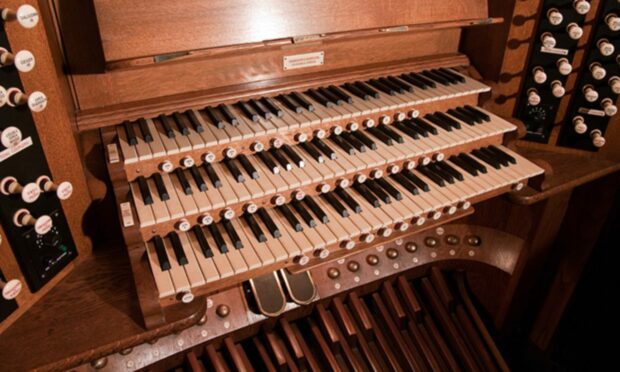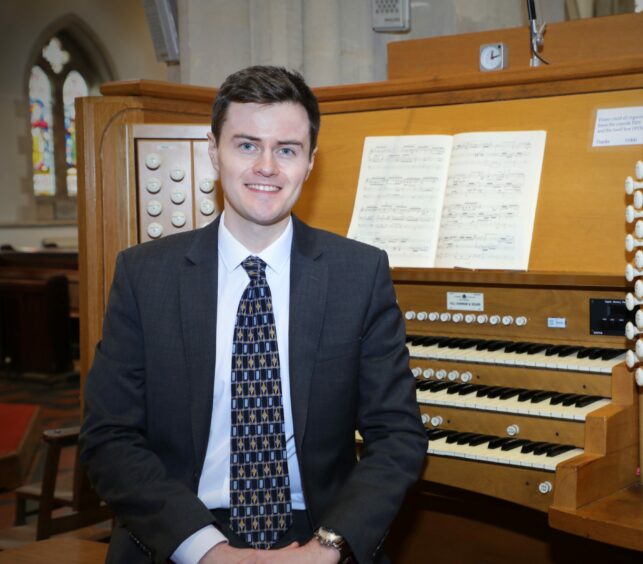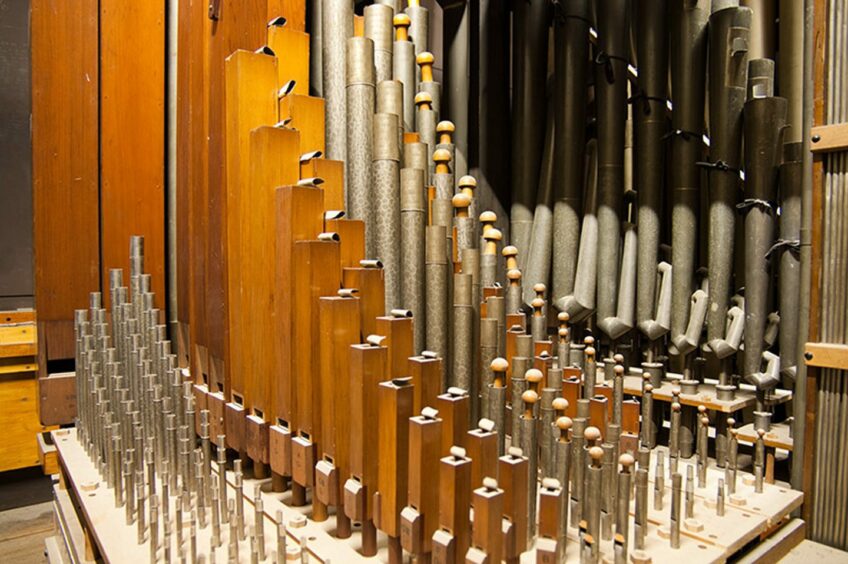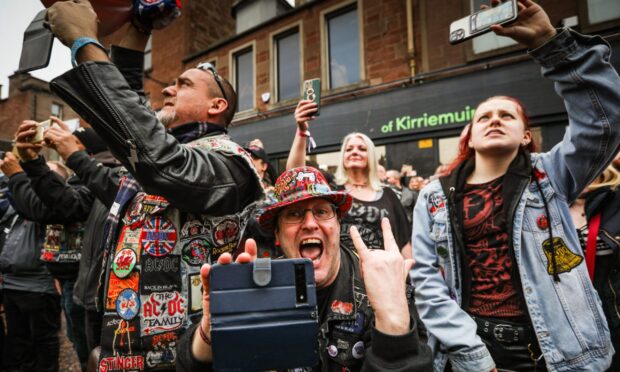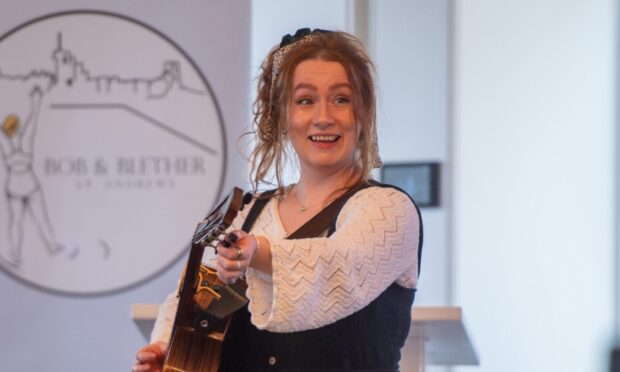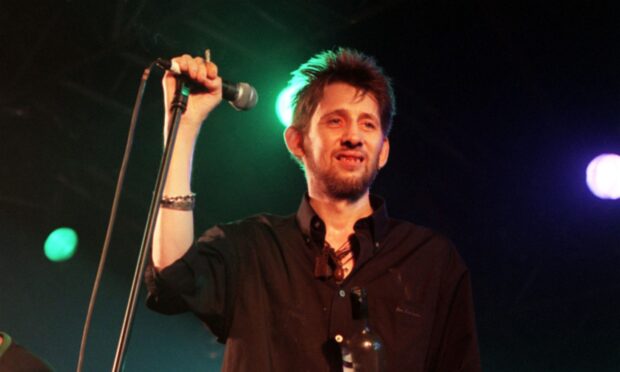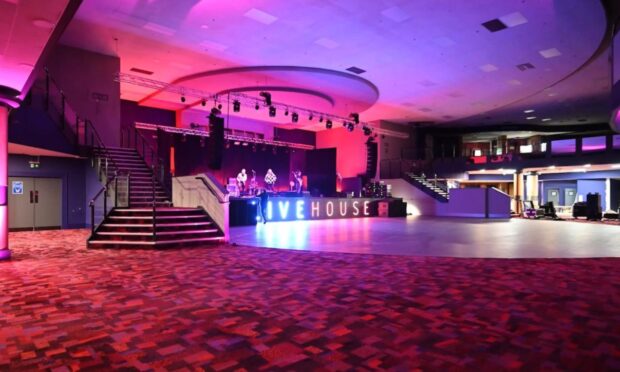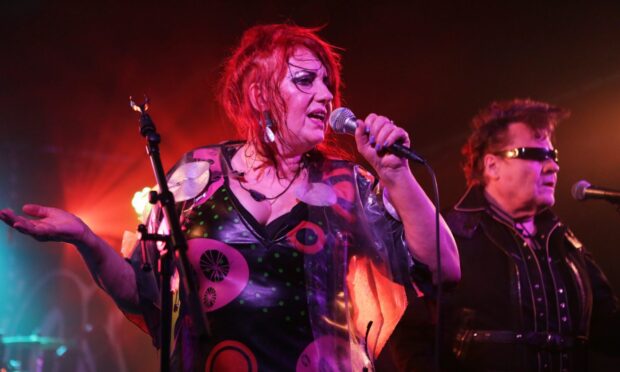For any amateur organist sitting at the console of the magnificent Caird Hall organ, it is a mightily uplifting experience as well as quite a nervy one.
Four manuals and a multitude of stops – wow! If it’s a one-off – and it was for me – you can’t resist the temptation to pull out all the stops. The sound of the full organ reverberating throughout the hall is a marvellous and unforgettable experience, albeit lacking a touch of finesse.
One of the world’s finest
However, for the professionals who preside over the manuals of the finest organs in the world – the Harrison and Harrison organ in the Caird Hall easily falls into that category – their skills can capture every nuance of the instrument, which means an audience can savour a whole spectrum of sound.
It was the turn of Steven McIntyre, assistant organist at St Mary’s Episcopal Church, Glasgow, to do just that in the penultimate recital in a series organised through the efforts of Leisure and Culture Dundee and the Friends of the Caird Hall Organ.
This was certainly a keen investigation of the organ, but for manual dexterity amidst a flurry of semiquavers on a number of occasions, Steven’s superb technique spoke volumes.
One glance at the programme saw the name Charles-Marie Widor, but Steven resisted the famous Fifth Symphonie Toccata and instead moved up a notch in the composer’s works.
Might and skill on display
He concentrated on two movements from his Sixth Symphonie, the Allegro and Adagio.
In doing so, he demonstrated two things – the might of the organ and the might of his skill and technique.
The Allegro was full-power and full organ mostly, but this heady sound was compensated with a soft Adagio.
Herbert Brewer’s arrangement of Berlioz’ March Hungroise, from The Damnation of Faust, proved to be not just an exhibition of the full orchestral power of the organ – woodwind, strings, brass – but in doing so, Steven produced some lightning changes of registration, almost every second bar.
Quite a feat of hand and feet coordination.
John Ireland’s contribution – two movements from his Miniature Suite – were no match for this extravaganza of sound, but they weren’t meant to be.
They were merely a chance to gather breath before another great Frenchman, and one-time pupil of Widor, brought the concert to a suitable conclusion.
Louis Vierne’s music once echoed through the rafters of Notre Dame de Paris, and while the first two of his Pieces de Fantasie didn’t quite do the same to the acoustic of the Caird Hall, the fantastic and final Carillon de Westminster did just that.
These concerts are gaining in appeal as more Dundonians want to experience the phenomena that is the Caird Hall organ.
It is a once heard, must-hear-again scenario and while we have to wait a month until the next concert, it’s definitely something to look forward to.
